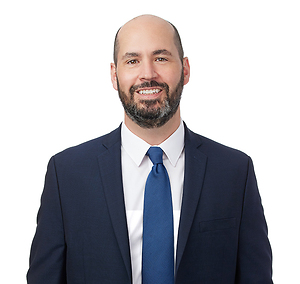Overview
The general aviation industry is particularly fond of using contract pilots, contract flight attendants, contract mechanics, etc. Certainly there are regulatory, tax, liability, and insurance benefits to having fewer employees and more independent contractors. Courts, though, feel no need to defer to the labels an operator uses for the people flying or fixing its airplanes. As a result, a number of aviation businesses have been surprised to learn that their “independent contractors” had been employees all along. A New York skydiving outfit is the most recent general aviation business to experience this rude awakening.
In 2014, an airplane towing a Saratoga Skydiving Adventures banner crashed,  killing the pilot and a passenger. This accident prompted a visit to Saratoga by a Workers’ Compensation Board investigator. Saratoga’s owner explained that he did not carry workers’ compensation insurance because his workers were all independent contractors. The investigator, though, observed a man who identified himself as a pilot and jump instructor helping the owner move wreckage. When the investigator learned that the pilot/jump instructor was not being paid for his assistance, he issued a stop-work order against Saratoga for failing to secure workers’ compensation insurance.
killing the pilot and a passenger. This accident prompted a visit to Saratoga by a Workers’ Compensation Board investigator. Saratoga’s owner explained that he did not carry workers’ compensation insurance because his workers were all independent contractors. The investigator, though, observed a man who identified himself as a pilot and jump instructor helping the owner move wreckage. When the investigator learned that the pilot/jump instructor was not being paid for his assistance, he issued a stop-work order against Saratoga for failing to secure workers’ compensation insurance.
Saratoga challenged the stop-work order in court. In Saratoga Skydiving Adventures v. Workers’ Compensation Board, the Appellate Division of New York’s Supreme Court affirmed the finding that Saratoga’s workers were employees and that Saratoga was therefore required to carry workers’ compensation insurance.
The Court looked to the traditional factors to determine whether an employer-employee relationship exists. These include who controlled the work, the method of payment, the right to discharge, the furnishing of equipment, and the relative nature of the work. The Court found that the pilots and jump instructors are indispensable and integral to Saratoga’s business of offering skydiving experiences to clients, and that Saratoga’s owner furnished the airplanes and parachutes through other companies he owned. Saratoga’s owner also exercised sufficient control over the work, scheduling, and which worker to hire for each jump, and even retained the authority to decide whether or not to pay a particular worker based on his satisfaction with the worker’s performance. The Court acknowledged other evidence suggesting that the workers were independent contractors, such as the fact that they were issued tax form 1099, that some were incorporated, and that some had other jobs. All in all, though, the Court was compelled to find that the Workers’ Compensation Board was not wrong in its determination that Saratoga’s pilots and jump instructors were employees.
Courts will almost always ignore what a company calls its workers, and look to how the company and its workers relate and interact on a day-to-day basis. But, the test courts use to determine whether a worker is an employee or an independent contractor remains somewhat amorphous, and the outcome difficult to predict. This issue is sure to continue to bedevil general aviation operators.
